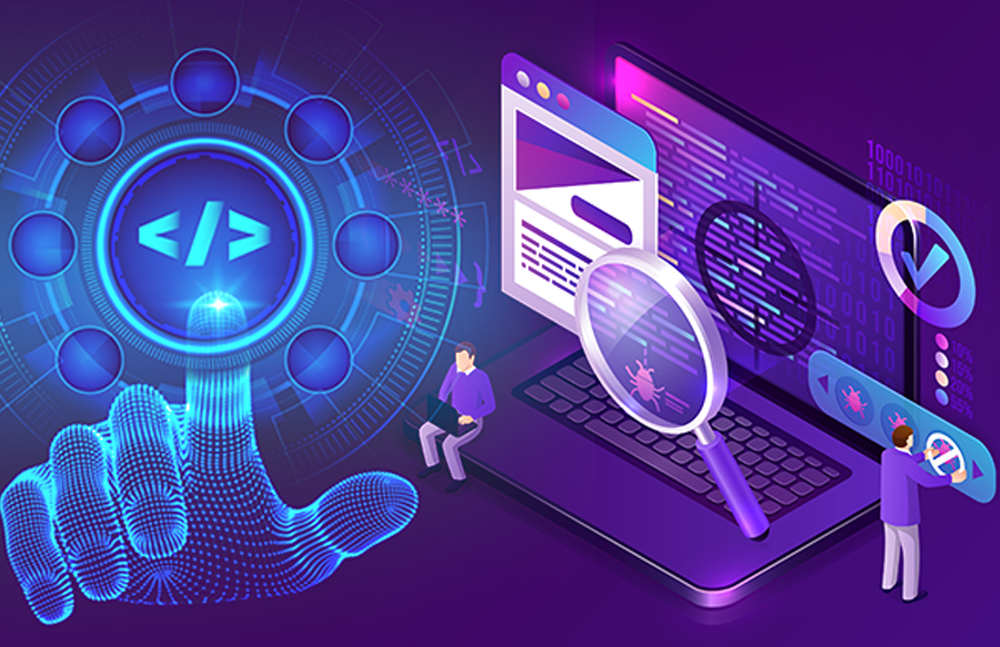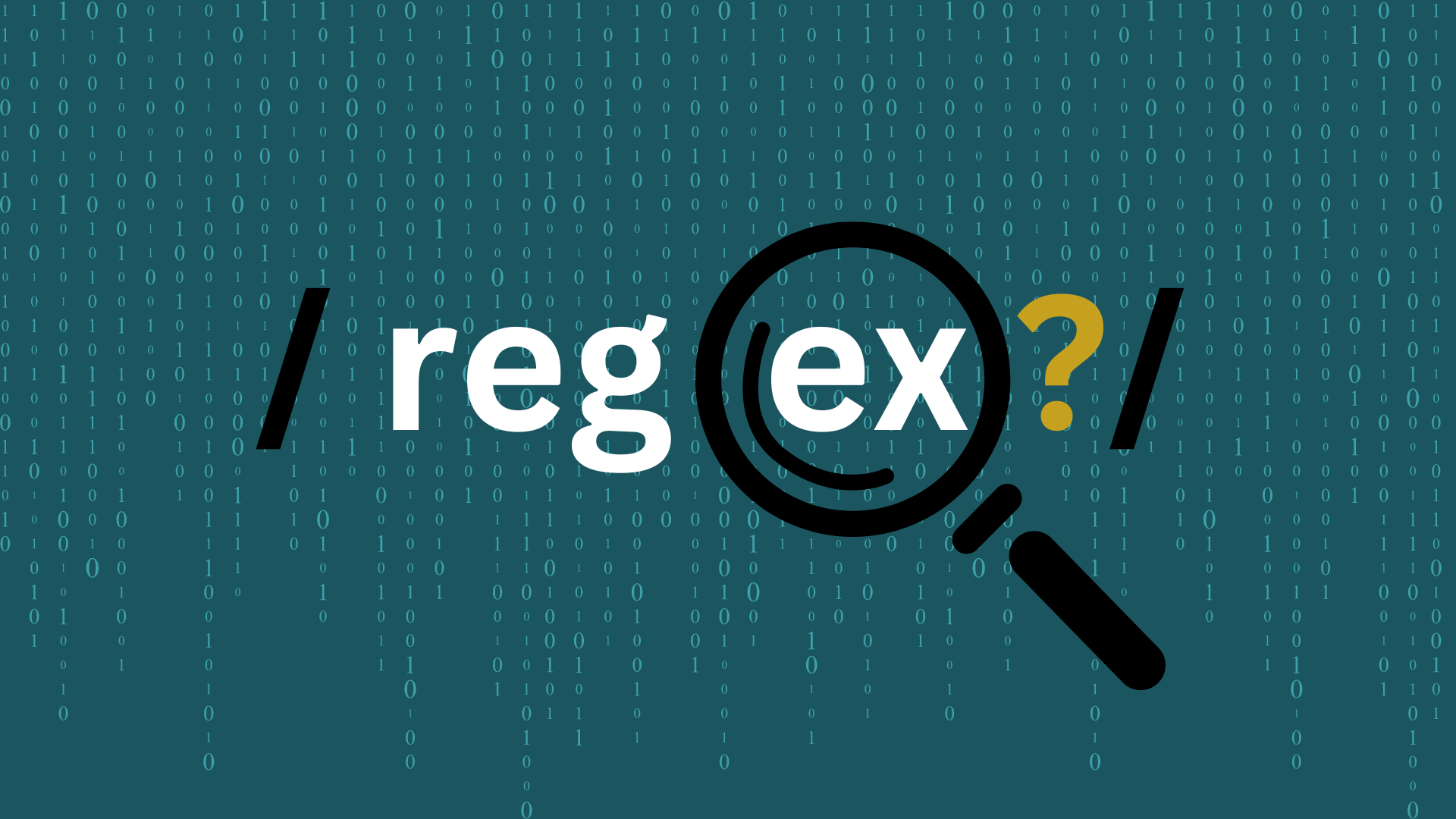The complete beginner’s guide to Python
Welcome to the Python Beginner’s Complete Roadmap. Whether you’re just learning Python or have been making progress for some time, it’s critical to keep track of your skills. In a year, and even more so in five years, a lot can happen. In order to be productive and avoid falling behind, it’s crucial to keep note of what you already know and where you’re headed. The only way to keep up with the rapidly changing technology and advance your career at the same time is through strategic growth. With that in mind, if you want to learn this well-liked programming language as quickly as possible, take a look at this Complete Python Roadmap for Beginners.

STEP 1: Understand the fundamentals of Python i.e. syntax, variables, data types, and conditionals
You establish the foundation for your code when you master Python syntax. The set of guidelines for how to write code in a computer programming language is referred to as syntax. It refers to how a computer program specifies its instructions. Even if you are familiar with all the advanced Python features, incorrect syntax will result in broken code. When you start studying Python, the syntax is a crucial step. It will assist you in spotting issues early on and help you avoid a great deal of frustration afterwards.
STEP 2: Loops and Functions
A set of instructions that carry out a specific task is what makes up a computer program. Many tasks that a computer software is capable of performing include adding numbers, printing text, and connecting to databases. A program’s instructions are written in human-readable language, but a computer only comprehends numerical values. You must instruct the computer which instructions to execute while writing a computer program. Writing the program in a method that is simple for you to understand is the simplest way to accomplish this. Loops, functions, and built-in functions can all be used to simplify your code and make it simpler to read and comprehend.
STEP 3: Lists, Tuples, Sets, Dictionaries & other Data Structures
Let’s start with data structures, one of Python’s most crucial features. Your application saves and arranges data using data structures. They serve as the cornerstone for practically all data-related Python operations. It will be much more difficult to complete tasks if you don’t know how to arrange and save your data. For beginners, data structures are crucial because of this.
STEP 4: Object-Oriented Programming: Classes, Inheritance, and Objects
In general, object-oriented programming is regarded as Python’s most crucial feature. It’s a useful technique for structuring code and creating reliable programs. You’ll gain a better understanding of Python as a language through mastering OOP. This can improve your coding, plus it looks impressive on a résumé.
STEP 5: Advance Topics #1: Decorators, RegEx, and Lambda
These three subjects are useful to know as you advance, even if they are not strictly necessary to become a successful Python Programmer. You can create complex search strings using regular expressions to find specific data. For data scientists, data analysts, and professionals in other professions where searching is frequent, understanding ReGex is crucial.
Although an advance topic, decorators are a great method to organise and improve your code. They are employed to execute code either before or after a function. This is useful for testing and debugging code to ensure that it is functioning properly. Another advanced topic that is beneficial when handling bigger projects is the lambda function. Code blocks that can be referred to later in your programme are created using lambdas.
STEP 6: Advance Topics #2: Modules and Iterators
Modules are crucial for structuring and reusability of your code. When you are working on a bigger project or with a team, this is beneficial. Working with large projects in Python can be difficult, as you are aware if you have used the language previously. Making ensuring everything is connected properly requires a lot of time.
STEP 7: Learn Python Libraries
Because libraries are pre-written programmes that you can utilise in your own programming, they are significant. By enabling you to use code that has already been created and tested, this helps you write code faster. You may use Python’s many well-known libraries to simplify your life as a programmer. Once you are familiar with Python’s fundamentals, this is a fantastic approach to advance your knowledge.
STEP 8: Version Control Systems
A system called Version Control keeps track of changes made to a project over time. It’s extremely helpful when working collaboratively on a single project with your team members. When changes are made, a version control system logs who made them when. Systems for Version Control are useful for managing projects and teamwork. If you frequently program in teams or collaborate on projects with others, this is an excellent skill to acquire.
STEP 9: Create Python Apps to gain the aforementioned knowledge
Because you need to be knowledgeable about every topics listed above, creating Python programmes might be difficult. You also need to understand how to assemble these parts. Although it can be difficult for beginners, this is a fantastic aim to pursue. It’s a good idea to include building Python applications on your resume. Employers can see from this that you can manage complex programming and are useful across a broad range of industries.
Conclusion
This was a step-by-step guide to Python for beginners. From the fundamentals, like syntax and data structures, to more complex subjects, like regular expressions, and lambdas, we essentially covered everything. The blog also covered important topics like version control and creating Python applications to put your knowledge to work. By practising as frequently as you can, you can learn a new programming language more quickly. You may learn the fundamentals of Python with the aid of this blog, but it’s crucial to code as frequently as you can.
Here are some resources to help you progress through Python more quickly.
Add Comment
You must be logged in to post a comment.







